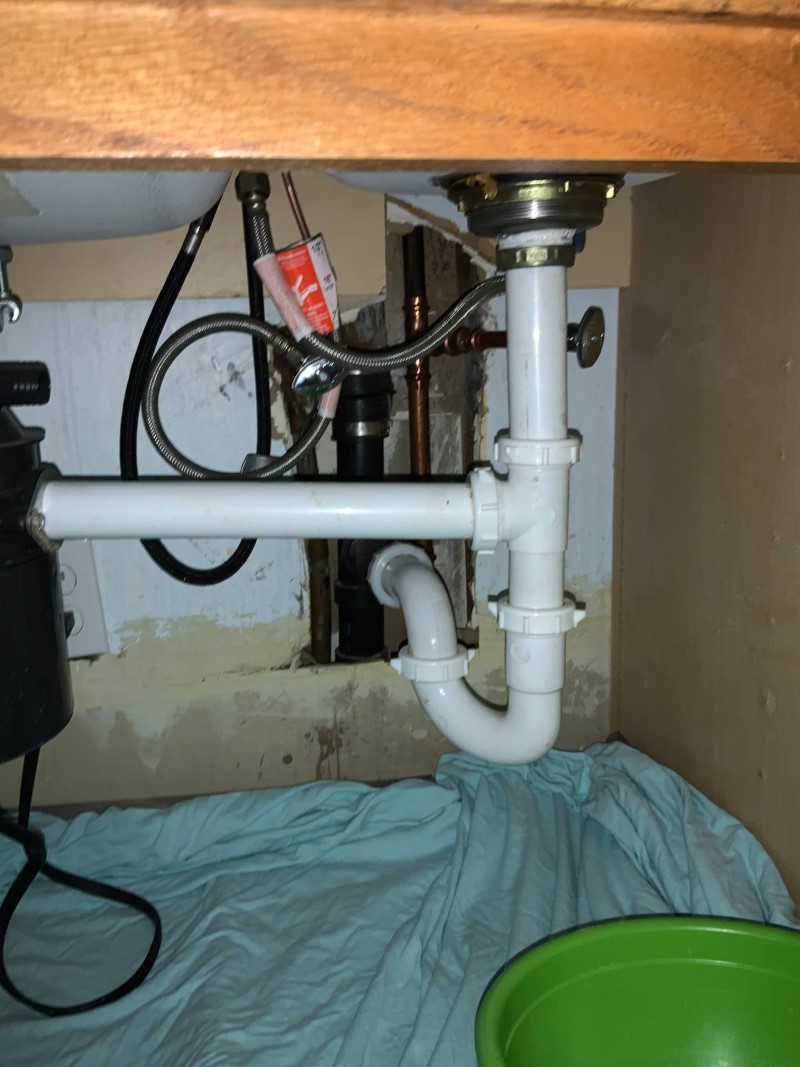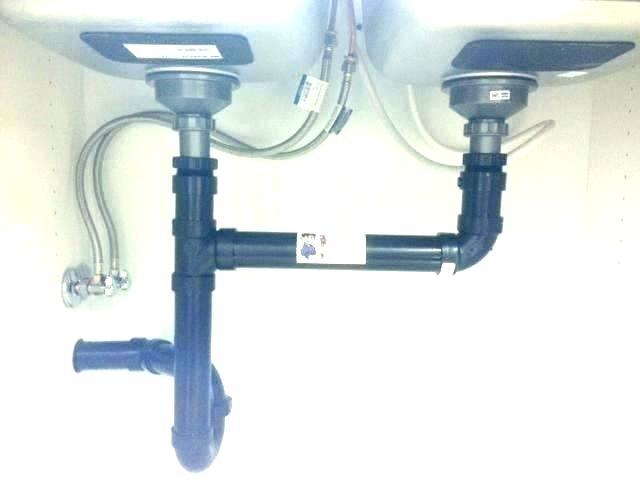Effortless Ways to Repair a Leaky Waste Disposal Unit
Effortless Ways to Repair a Leaky Waste Disposal Unit
Blog Article
The author is making a few good pointers on Why Is My Garbage Disposal Leaking From the Bottom? in general in this content beneath.

Garbage disposals are vital cooking area appliances that help in taking care of food waste effectively. Nonetheless, a dripping garbage disposal can be an aggravating and untidy trouble to manage. Fortunately, lots of leakages can be dealt with easily with a couple of straightforward steps. In this post, we will certainly discuss how to repair a leaking garbage disposal properly.
Intro
Waste disposal unit are installed under kitchen sinks and are developed to shred food waste right into smaller items, permitting it to travel through the pipes system quickly. While these tools are typically dependable, leaks can happen over time as a result of wear and tear, loosened connections, or damages to the device.
Typical Reasons For Leakages in Trash Disposals
Worn Seals and Gaskets
Seals and gaskets play a vital function in preventing water from leaking out of the waste disposal unit. In time, these elements can deteriorate, causing leaks around the disposal device.
Loose Links
The links in between the waste disposal unit and the plumbing system can come to be loose over time, triggering water to leakage out during operation.
Fractures or Holes in the Disposal System
Physical damage to the waste disposal unit, such as splits or holes in the housing, can additionally lead to leaks.
Determining the Source of the Leakage
Before attempting to deal with a leaking waste disposal unit, it is vital to identify the source of the leakage. This can typically be done through aesthetic inspection or by performing basic tests.
Visual Inspection
Check the waste disposal unit device meticulously for any type of signs of water leak. Pay very close attention to locations around seals, gaskets, and connection factors.
Evaluating for Leakages
One way to test for leaks is by running water with the disposal unit and looking for any type of noticeable indicators of leakage.
Devices and Products Needed for Taking Care Of a Dripping Waste Disposal Unit
Prior to starting the repair process, collect the required tools and materials, including a screwdriver, adjustable wrench, plumbing's putty, replacement seals or gaskets, and epoxy or patching material for fixing cracks or holes.
Step-by-Step Overview to Taking Care Of a Leaking Waste Disposal Unit
Switch off the Power
Before trying any fixings, make certain that the power to the waste disposal unit unit is switched off to stop the risk of electric shock.
Situate the Leakage
Determine the precise area of the leakage and figure out the cause.
Tighten up Links
Use a wrench to tighten up any loose links in between the disposal unit and the plumbing system.
Replace Seals or Gaskets
If the leak is due to worn seals or gaskets, eliminate the old components and replace them with new ones.
Patching Cracks or Openings
For cracks or holes in the disposal system, usage epoxy or an ideal patching material to secure the broken area.
Testing the Waste Disposal Unit After Repair Service
When the repair service is complete, check the waste disposal unit by running water with it to ensure that the leakage has actually been fixed.
Preventive Upkeep Tips to Avoid Future Leaks
To prevent future leakages, it is important to execute regular upkeep on your garbage disposal. This consists of keeping it tidy, avoiding putting non-food things or difficult things down the disposal, and periodically checking for leaks or various other issues.
Conclusion
Finally, repairing a dripping garbage disposal is a fairly straightforward procedure that can be completed with standard tools and products. By following the actions detailed in this post and exercising preventive maintenance, you can maintain your waste disposal unit in good working problem and prevent expensive repair work in the future.
HERE’S HOW TO FIX YOUR GARBAGE DISPOSAL
WHAT TO DO IF SOMETHING IS STUCK IN YOUR GARBAGE DISPOSAL
If the impeller won’t turn, there’s probably something stuck in the disposal. It could be a steak bone or peach pit, although plumbers report pulling all sorts of inappropriate objects out of disposals, such as bottle caps or aluminum foil. Make sure power to the disposal is off, and look inside to see if you can see the source of the jam.
Never stick your fingers in a disposal. Pull out anything you see with tongs or pliers.
If the disposal still won’t work, it may be time to call a plumber or consider buying a new disposal. GEM Plumbing & Heating is here for all of your garbage disposal needs.
WHAT TO DO IF YOUR GARBAGE DISPOSAL DRAIN IS CLOGGED
Take everything out from underneath your sink and put a bucket or other container under your disposal to catch any water that drains out. Disconnect your disposal from the power supply. If it’s plugged into a wall outlet, unplug it. If it’s hardwired into an electrical box, go to the electrical panel and turn off the breaker for the disposal. Pour ¼ cup of baking soda into the drain, followed by ½ cup of white vinegar. Give the solution a few minutes to fizz and do its work. Look into the disposal with a flashlight to see if you can see an object that might be causing the clog. If you see it, remove it using tongs or pliers. MORE TIPS ON DEALING WITH A CLOGGED GARBAGE DISPOSAL
Never use drain cleaner in a garbage disposal. It can damage the plastic parts inside the disposal. You can also be splashed with the caustic liquid while working to clear the clog. Beware! Never stick your fingers into a garbage disposal. Trust us — not a good idea. In many instances, your dishwasher drains through your garbage disposal. This allows the disposal to grind any large food particles that may be drained out of your dishwasher. There are some jurisdictions, however, where the plumbing code prohibits such a connection. WHAT TO DO WHEN YOUR DISHWASHER DRAINS THROUGH THE DISPOSAL
Run some water in the sink so your plunger has at least a ½-inch of water to create a seal and plunge vigorously up and down several times. You may need to repeat this several times. Run hot water down the drain to clear any residue that remains.

As an avid reader on Garbage Disposal Leaking From Bottom, I was thinking sharing that segment was worth the trouble. Sharing is nice. You won't know, you will be doing someone a favor. Thank you so much for going through it.
Visit Homepage Report this page